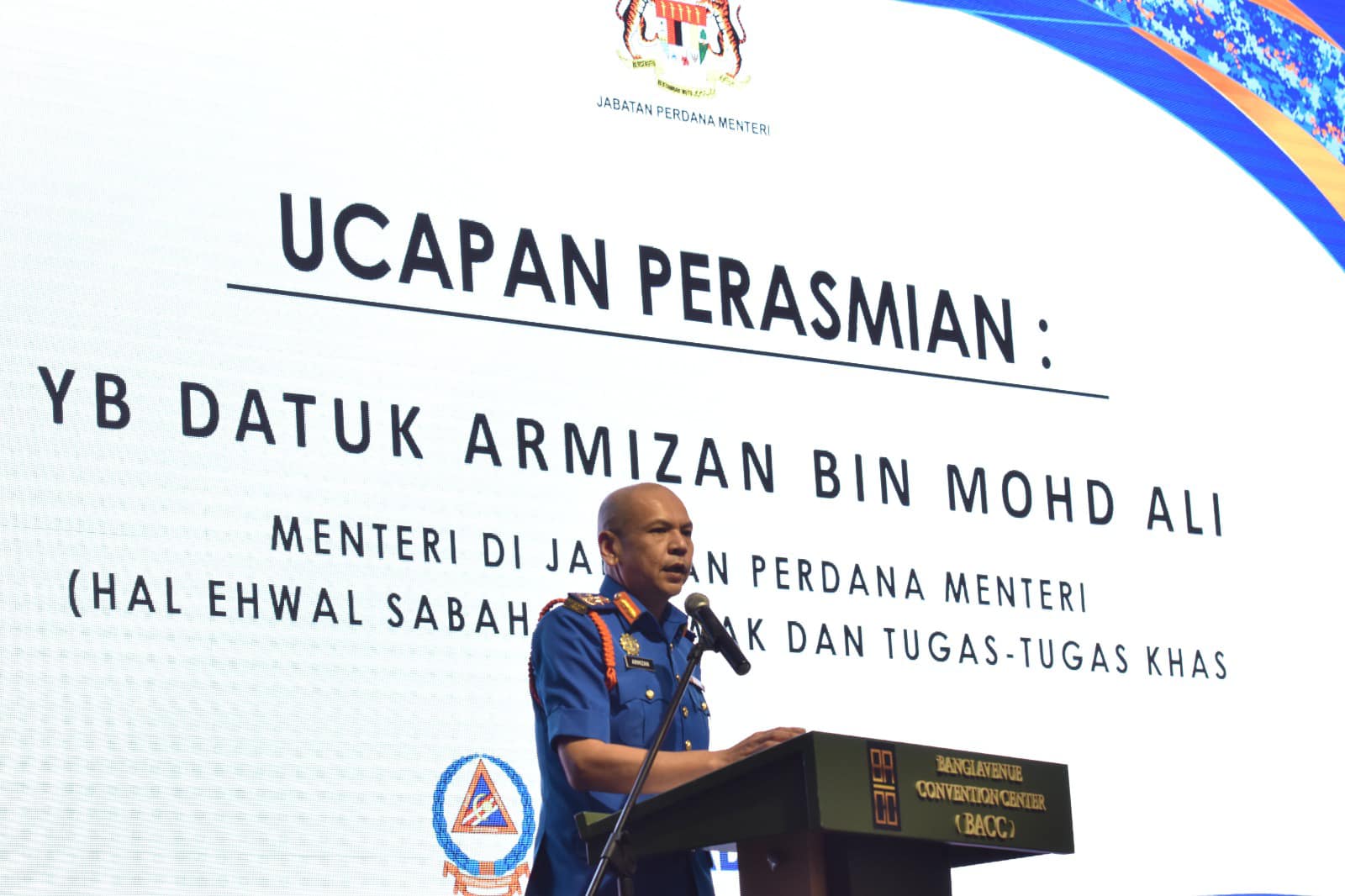KUALA LUMPUR, June 9 – The Public Service Department (JPA) dropped scholarships in medicine this year because of projections of an oversupply of medical officers in fewer than five years.
Minister in the Prime Minister’s Department Armizan Mohd Ali (Sabah, Sarawak Affairs and Special Duties) cited the Supply and Needs-Based Requirement Projections of Malaysia Human Resources for Health Using System Dynamics Approach 2016-2030 by the Ministry of Health (MOH) that projected an oversupply of medical officers, starting from 2026 to 2030.
That MOH study was published in 2019, before the Covid-19 pandemic in 2020.
The number of contract medical officers who quit Malaysia’s public health service in 2022 alone (1,354 resignations) exceeded resignations in the two previous pandemic years combined at 1,279, based on MOH figures shared last February.
Armizan also said supply of medical officers was recorded at 72,812 people in 2021, exceeding demand for 70,721 medical officers at the height of the country’s Covid-19 epidemic by about 3 per cent, or 2,091 people.
“Meanwhile, the supply of dental officers and pharmacy officers will meet demand in 2025 and 2029 respectively,” Armizan said in a written Dewan Rakyat reply to Tasek Gelugor MP Wan Saiful Wan Jan yesterday.
The Bersatu lawmaker had asked why the government stopped JPA scholarships in medicine, dentistry, and pharmacy, and how this would affect the supply of doctors, dentists, and pharmacists in future, particularly those from the Bumiputera community.
MOH’s Health Indicators 2022 report showed a nationwide 1:420 ratio of doctor to population (across both public and private sectors), with a 1:400 ratio expected to be achieved in 2025, Armizan said.
JPA reportedly announced last March that it would not be offering scholarships for medicine, dentistry, and pharmacy, as well as nursing and para-medical programmes this year.
Armizan clarified in his written parliamentary reply that JPA scholars would continue to be sponsored until 2027.
“It is expected that 1,774 medical students on JPA scholarship will graduate in 2023, followed by 69 dental students and 296 pharmacy students.
“Whereas the remaining 2,029 medical students, 68 dental students, and 184 pharmacy students will graduate between 2024 and 2027. These statistics are proof of JPA’s commitment in sponsoring students, even though there will be an oversupply of medical officers from 2026 to 2030.”
Armizan, quoting studies by the MOH, said there has been difficulty in absorbing all medical students sponsored by the government into public service, stressing that the principle of JPA scholarships is to recruit successful students into the government sector.
The minister also pointed out that the cost of sponsoring one medical student is equivalent to 10 students in other fields.
“Through this move, JPA is able to provide more effective sponsorships to more students in other fields,” Armizan said.
“In line with that, medical students can obtain sponsorships from the National Higher Education Fund (PTPTN) without a service contract bond. This will provide room and flexibility to medical students in the choice of workplace and furthering study in specialties in future.”
The 2019 MOH study, as quoted by Armizan, defined “need” from the perspective of health care providers, whereas “demand” is used in a what-if analysis to refer to the “adjusted need”, which is defined as the health care needs adjusted to follow closely the current health care utilisation.
Supply of doctors was projected to exceed “demand” from 2027 to 2030 in a scenario of a smaller medical student intake from reduced sponsorship, but shortages were still predicted against “need” in that period.
“The scenario in which by awarding less sponsorship equates to less medical student intake, it is projected that there will be less supply of doctors. This scenario leads to a significant wide gap in meeting population health care needs and demands as compared to the baseline projection of supply.
“Nevertheless, this projection may differ to a real situation in which despite a reduction in sponsorship awarded, the number of medical graduates may remain increases over the years. This may be due to an increase in self-paying and student’s loan to study medicine,” said MOH’s study.
Anecdotal reports from health care workers in the public health service indicate dire staff shortages of doctors, nurses, and allied health care professionals in both major and district hospitals, as well as public health clinics (klinik kesihatan) throughout multiple states, if not nationwide.
Editor’s note: This story was updated with details from MOH’s study.







